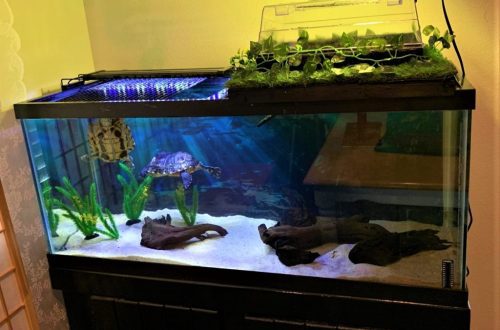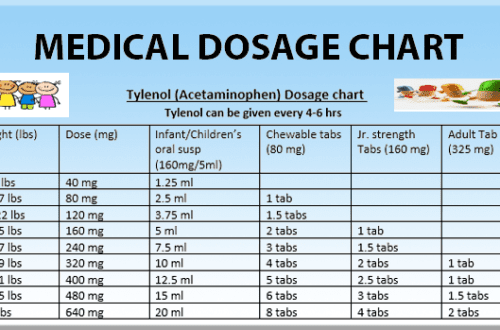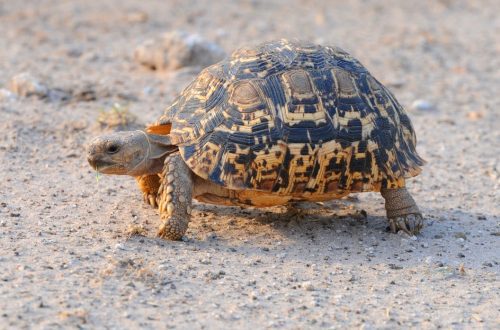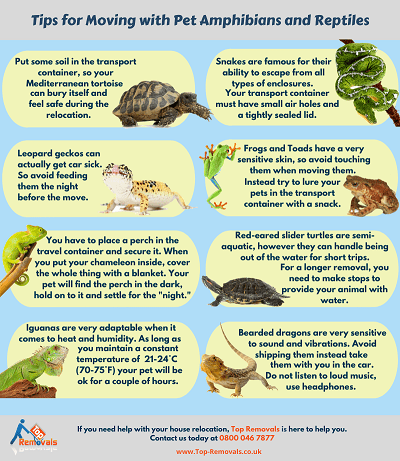
How and in what to transport lizards, chameleons, geckos, snakes and other reptiles and amphibians?
Any transportation of an animal from place to place is a certain stress, using our advice, you can partially minimize it.
A few important rules:
- Don’t feed! Before the trip, the pet is not fed, especially snakes!
- Use container. Never transport animals in a terrarium or on your hands. Reptiles are transported in containers – special boxes, such as the Breeding Box. The container must be:
- suitable for the size of the animal, not too large, even slightly tight, so that the animal does not have the opportunity to actively move around in it and shake during transportation. This is necessary for the comfort and safety of the pet;
- ventilation openings must be provided;
- The lid must close securely and comfortably.
- The container must be without substrate! The ideal option would be to lay soft napkins on the bottom.
- No drinking bowls, shelters and favorite decorations are needed!) They can roll over and even give a pet. You can’t put food in the container either. The animal will not eat during transportation.
The transportation of reptiles during the cold season requires special attention.“I’ll wrap it in a warm scarf and put it in my bag so it won’t freeze?” Not! freeze! Reptiles are cold-blooded animals and cannot generate heat. Unlike us warm-blooded ones, who need to wrap themselves in warm clothes, reptiles need a source of heat. Even if we travel by car, where it is warm, then from home to the car and from the car to us, the pet must be carried without freezing.
How then to carry out transportation? There are a couple of ways:
- First, take advantage of the warmth of the human body. Yes, because a person’s temperature is about 36,5 degrees. And we’d be great as a reptile warmer. The container is grabbed by the bosom, placed over the underwear or in the inner pockets. But in this way you will not transport several reptiles or too large individuals. After all, it is not easy to take by the bosom, for example, a large monitor lizard.
- The second way is to use a thermal bag. A heating pad is placed in the bag (a simple bottle of warm water can serve as it). Such a heating pad should be warm, but not hot, the task is to transport the animal, and not boil it). In this way, you can travel until the heating pad starts to get very cold, but usually this is enough to get from point A to point B.
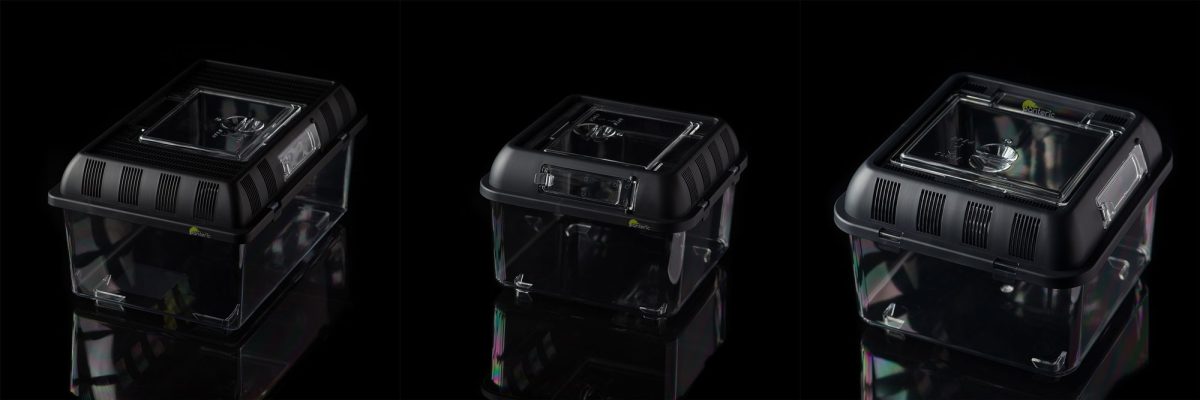
The green or common iguana seems to be known to absolutely everyone. We will tell you in detail in what conditions your pet will be able to live happily ever after!
Let’s talk about the features of caring for aquarium jellyfish – lighting features, cleaning rules and diet!
We will tell you how to maintain the health of the Helmeted Basilisk, how and what to feed it properly, and also give tips on caring for a lizard at home.



